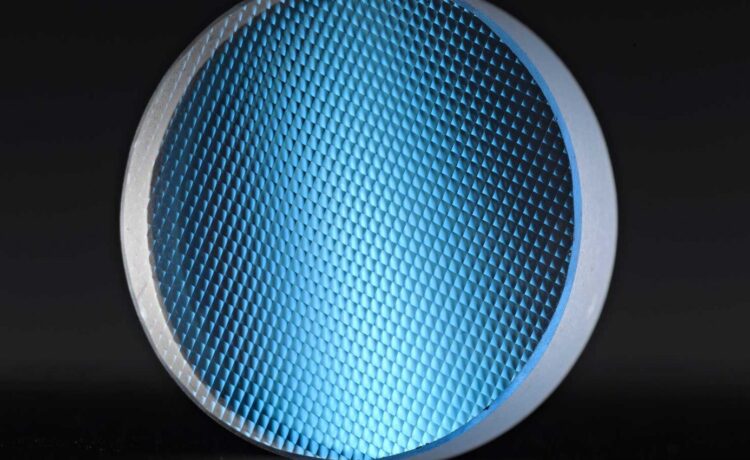Where Can You Make The Most Of Microlens Technology?
A microlens would be best described as a small lens, usually with a diameter of less than a millimeter. The small size of the lens would imply that a simple design could provide good optical quality. However, at times you may come across unwanted effects. These could arise because of the optical diffraction at the small features. A typical microlens might be a single element with one plane surface. However, the other could be a spherical convex surface for refracting the light.
Due to the smaller size of the micro lens, the support gained from the substrate would be thicker compared to the lens. It would be considered after determining the design. When you come across sophisticated lenses, rest assured they would sue aspherical surfaces. However, the other might use various layers of optical materials for achieving their design performance.
Application of microlenses
It would be pertinent to mention here that single microlenses would be used for coupling the light to optical fibers. However, the microlens arrays would be used for increasing the light collection efficiency of CCD arrays. They would gather and focus light that could have otherwise fallen onto the other non-sensitive areas of the CCD. Rest assured that the microlens arrays would be used in a few digital projectors for focusing the light on the active areas of the LCD. It would be used for generating the projected image.

The blend of microlens arrays has been designed to develop novel imaging properties. It would have the ability to create an image at unit magnification without being inverted. The conventional lenses would offer similar abilities. Microlens arrays would be developed to manufacture compact imaging devices for various applications inclusive of mobile phone cameras and photocopiers.
Two microlenses could be used in optical microscopes for realizing uniform illumination. When you place two microlens arrays into the illumination path of a microscope, a coefficient of variation of the illumination uniformity between 1% and 2% could be achieved easily.
Yet another application would be in 3D imaging and displays.
You may come across an array of spherical micro-lenses enabled for integral photography. It has to be demonstrated and explored. Rest assured that colloidal microlenses would enable single-molecule detection when used by low light, long working distance collection efficiency objective lens.
Microlens has been used for achieving light field photography. It would be used for eliminating the need for initial focusing before capturing the images. It would help achieve the focus on software during post-processing.








